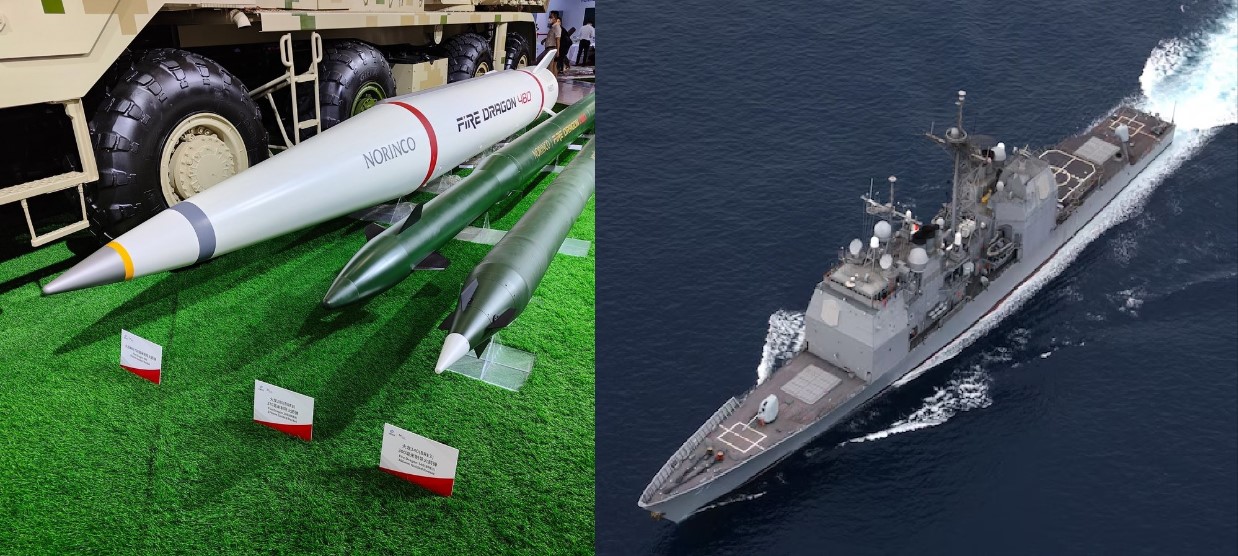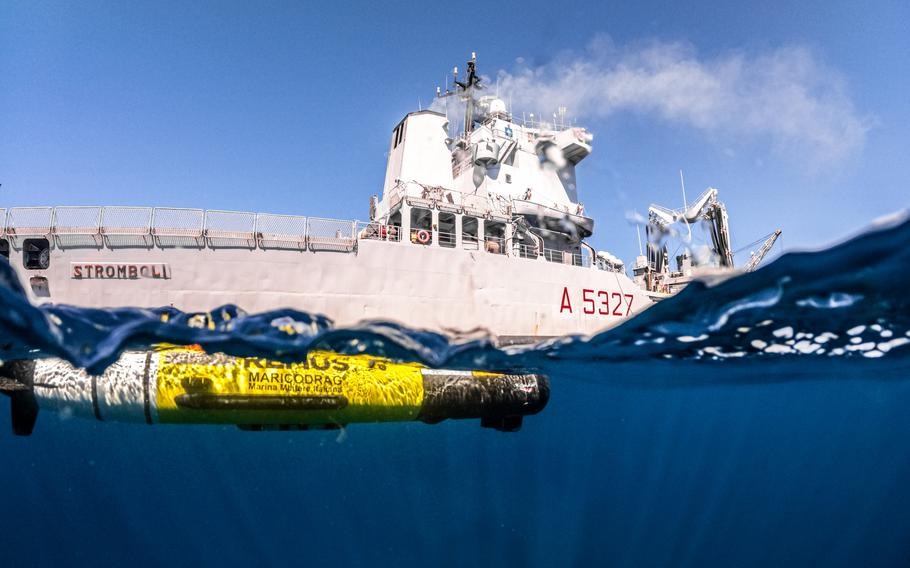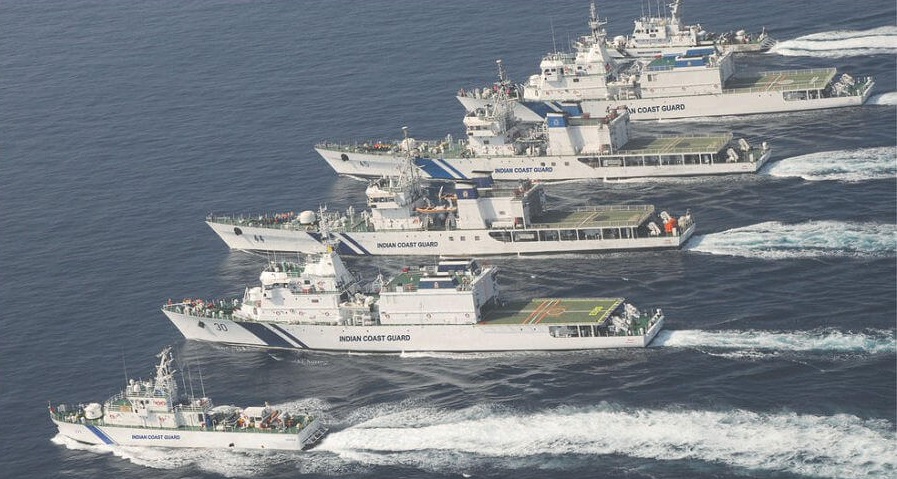Chinese Simulation Suggests Fire Dragon 480 Missile Sinking US Navy Ticonderoga-Class Cruiser

A Chinese simulation suggests the Fire Dragon 480 missile could threaten US Navy cruisers, highlighting the need for advanced defensive technologies amid evolving naval warfare.
A recent computer simulation by the Chinese People's Liberation Army (PLA) has sparked a significant discussion about the potential vulnerability of US Navy warships to the Chinese Fire Dragon 480 tactical ballistic missile. The simulation suggests that this missile, designed for export and produced by the Norinco Group, could potentially sink a US Navy Ticonderoga-class cruiser when used in combination with drone swarms.
The Fire Dragon 480 is equipped with precision guidance and a powerful warhead. While its official range is stated as 290 kilometers, the simulation indicated it could reach targets beyond 500 kilometers. In the simulated scenario, Fire Dragon 480 missiles, along with drone swarms that overwhelmed the cruiser's defenses, proved highly effective against the Ticonderoga-class cruiser.
This simulation has raised concerns within defense circles about the perceived invincibility of US naval power. However, experts caution against drawing definitive conclusions from a simulation alone. Real-world factors such as electronic warfare, countermeasures, and the unpredictable nature of combat could significantly alter the outcome.
The US Navy is currently phasing out its Ticonderoga-class cruisers, but the simulation results underscore the evolving nature of naval warfare and the potential threat posed by advanced missile systems like the Fire Dragon 480. This highlights the need for continued investment in defensive technologies and tactics to protect naval assets effectively.
The Ticonderoga-class cruisers, which entered service in the early 1980s, are equipped with the Aegis Combat System, designed to protect against missile threats. However, advancements in missile technology, such as the Fire Dragon 480, show that even the most advanced defense systems can be challenged. The PLA's use of drone swarms in the simulation is a strategic move to saturate and overwhelm the ship's defenses, demonstrating a multi-faceted approach to modern warfare.
As tensions in regions such as the South China Sea continue to rise, this simulation serves as a reminder of the complexities and challenges of modern warfare. It emphasizes the importance of ongoing research, development, and preparedness to maintain a strategic advantage in an ever-changing global landscape.
The results from this simulation could influence future naval strategies and defense investments, pushing the US and other nations to develop more advanced countermeasures against evolving missile threats. The development of new electronic warfare techniques, improved missile defense systems, and innovative combat strategies will be crucial in addressing these emerging threats.



